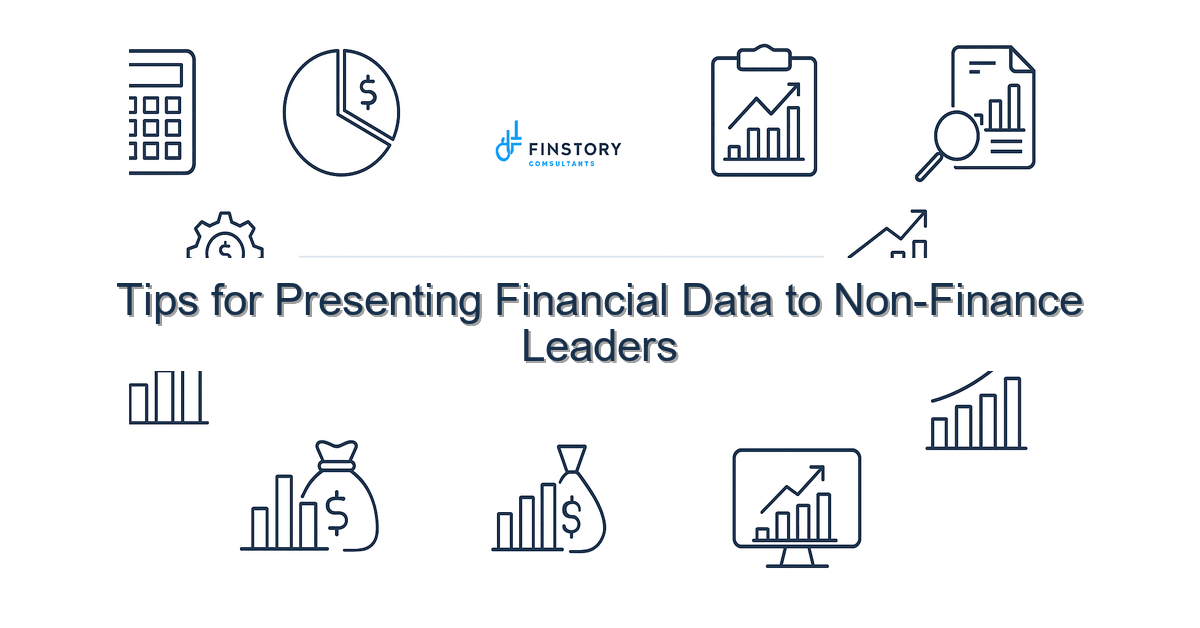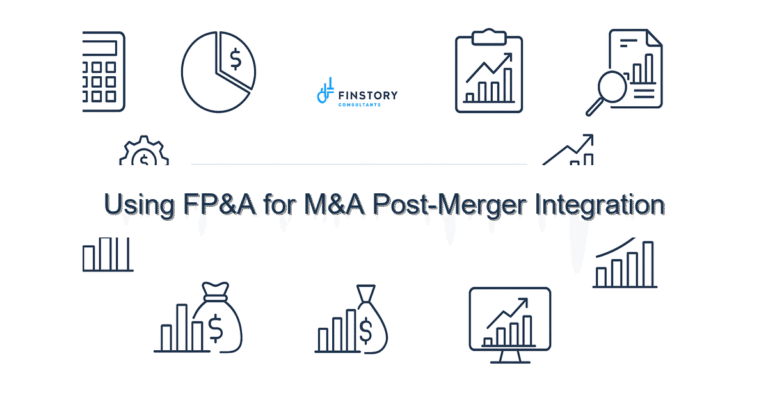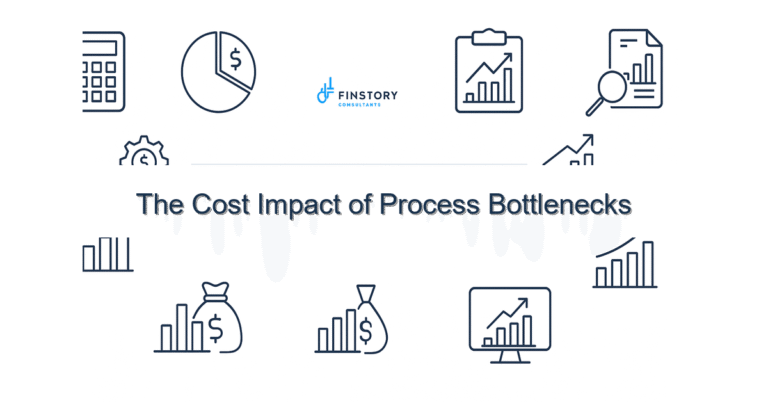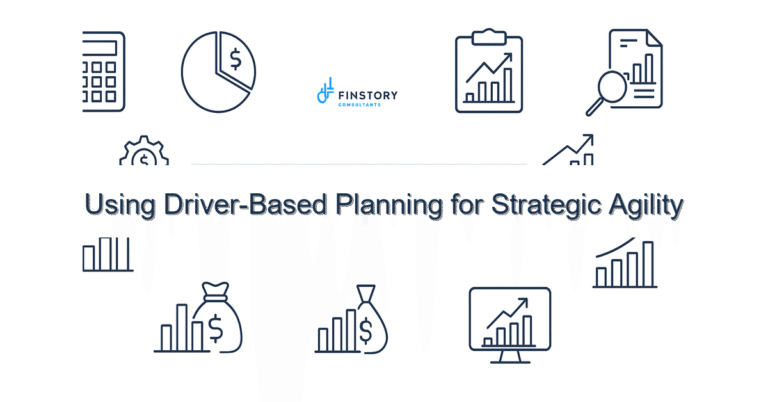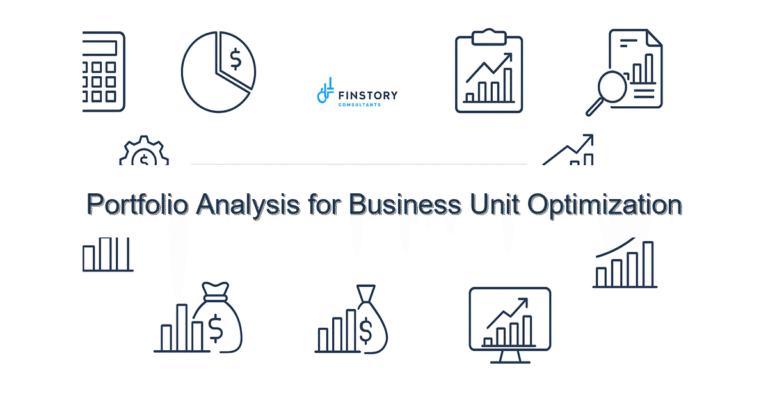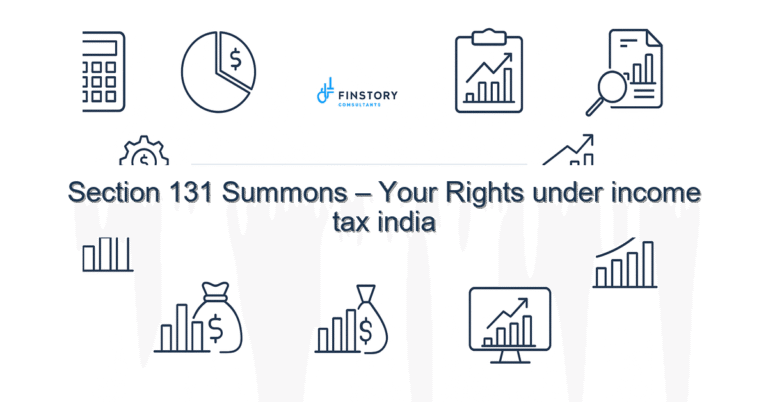Tips for Presenting Financial Data to Non-Finance Leaders
You care about accuracy, but you also care that your stakeholders act. Presenting financial data to non-finance leaders often feels like translating a foreign language—frustrating for you, overwhelming for them.
Summary: Communicate fewer, clearer numbers that link to decisions. You’ll shorten meeting times, increase adoption of cost-savings initiatives, and build trust across operations. Primary keyword: presenting financial data. Long-tail variations: presenting financial data to non-finance leaders; presenting financial data to healthcare leaders.
What’s the real problem? (presenting financial data)
Healthcare operations leaders need decisions—staffing, capacity, supply chain choices—fast. Finance teams deliver accuracy, detail, and caveats. The gap between the two isn’t about competence; it’s about purpose and signal clarity.
- Symptoms: Meetings that run long but leave decisions unclear.
- Symptoms: Leaders ask for “the numbers” but ignore the action items.
- Symptoms: Finance builds detailed packs that sit unread on shared drives.
- Symptoms: Misalignment on priorities—safety and patient care vs. cost lines—create tension.
What leaders get wrong (presenting financial data to non-finance leaders)
It’s tempting to protect accuracy by including everything. That’s a mistake. Too much detail buries the insight.
Common pitfalls:
- Starting with numbers instead of decisions. If you don’t frame the decision first, the data becomes noise.
- Using finance language without translation. “EBITDA variance” isn’t actionable; “we’re $1.2M over budget in staffing this quarter, driven by agency use” is.
- Assuming visualizations are self-explanatory. A chart without a one-sentence takeaway is a guessing game.
- Delivering static PDFs that can’t answer follow-up questions in the moment.
A better approach (presenting financial data to healthcare leaders)
Adopt a three-step framework: Decide, Distill, Direct.
- Decide: Lead with the question or decision. Example: “Can we add three ICU beds next quarter?” That frames which numbers matter.
- Distill: Reduce to 3–5 metrics that drive the decision—cost per bed, margin impact, staffing gap, and breakeven occupancy. Use absolute and impact numbers (dollars/time), not just percentages.
- Direct: Provide 1–2 clear recommendations and the top sensitivity. Example: “Approve two beds now, contract temp nurses to cover peak weeks—saves $X with Y risk.”
Quick story: A CFO I worked with used this approach with a busy Chief Nursing Officer. Instead of a 25-slide packet, they presented two slides—a short scenario analysis and the recommended path. The CNO made the decision in 10 minutes instead of deferring. The result: a 6-week startup vs. a previous three-month delay on similar projects.
Stat: Teams that present metrics tied to decisions see 30–40% faster approval cycles in our experience.
Quick implementation checklist
- Begin every report with the decision question in one sentence.
- Limit to 3–5 KPIs tied to the decision or action.
- Show dollar impact and timeline, not just percentage variance.
- Include one-line takeaways above each chart (insight-first design).
- Use simple visuals: bar charts, waterfalls, and one small table—avoid exotic chart types.
- Annotate charts with the cause of variance (e.g., “UP: agency staffing +$450k”).
- Prepare an appendix for detailed analysis; keep it separate from the decision slides.
- Use an interactive dashboard (Power BI or similar) for live Q&A in meetings.
- Practice a two-minute narrative for each slide—what it is, why it matters, recommended action.
What success looks like
Measure the change so you can iterate. Examples of measurable outcomes:
- Approval cycle time drops by 30–50% (days to decision).
- Meeting length shrinks by 20–40% while decision rates increase.
- Stakeholder satisfaction scores improve (survey-based) by 15–25%.
- Forecast accuracy improves (MAE or MAPE reduction) by 10–20% when finance works with operations to set assumptions.
- Return on reporting investment: cost-savings initiatives adopted within the first quarter post-presentation (ROI > 3x).
Risks & how to manage them
Top risks you’ll face and practical mitigations:
- Risk: Oversimplifying and missing nuance. Mitigation: Keep an appendix and data model ready; be transparent about assumptions.
- Risk: Losing credibility with repeated wrong calls. Mitigation: Track decisions and outcomes; adjust forecasts and own errors openly.
- Risk: Tools that can’t answer follow-ups live. Mitigation: Use Power BI or another interactive platform and rehearse common drill-downs.
Tools & data
Good presentation depends on reliable, timely data and the right tooling.
- Finance automation: Reduce manual reconciliation so numbers are fresher and less error-prone.
- Power BI (or Tableau): Build interactive leadership reporting that supports live scenarios and drill-downs.
- Leadership reporting templates: Standardize the decision-first slide and KPI set across service lines.
- Integration: Link EHR, staffing systems, and ERP to avoid siloed assumptions—this reduces rework and increases trust.
FAQs
Q: How many KPIs should I include when presenting financial data to non-finance leaders?
A: Aim for 3–5 KPIs directly linked to the decision. Too many dilutes focus.
Q: Should I remove all technical finance terms?
A: Translate or define key terms. Keep technical notes in an appendix for technical stakeholders.
Q: Is Power BI necessary?
A: Not always, but interactive tools help answer follow-ups in real time and shorten decision cycles.
Q: How do I measure whether my presentations improve outcomes?
A: Track decision times, adoption rates of finance recommendations, and forecast accuracy before/after changing your approach.
Next steps (presenting financial data to non-finance leaders)
If you’re ready to change how your finance team communicates, start small: pick one recurring meeting and apply the Decide–Distill–Direct framework. Use a two-slide pilot—one slide for the decision and recommendations, one for supporting numbers. Iterate with feedback.
Want help? We build the dashboards, refine the narrative, and train your team to present numbers that lead to action. Contact Finstory to map a plan tailored to your operations: /contact. For more on storytelling with numbers, see our posts on finance storytelling and dashboard implementation. If you’re focused on healthcare, explore our guide to healthcare finance metrics.
Work with Finstory. If you want this done right—tailored to your operations—we’ll map the process, stand up the dashboards, and train your team. Let’s talk about your goals.
📞 Ready to take the next step?
Book a 20-min call with our experts and see how we can help your team move faster.
Prefer email or phone? Write to info@finstory.net
or call +91 44-45811170.
